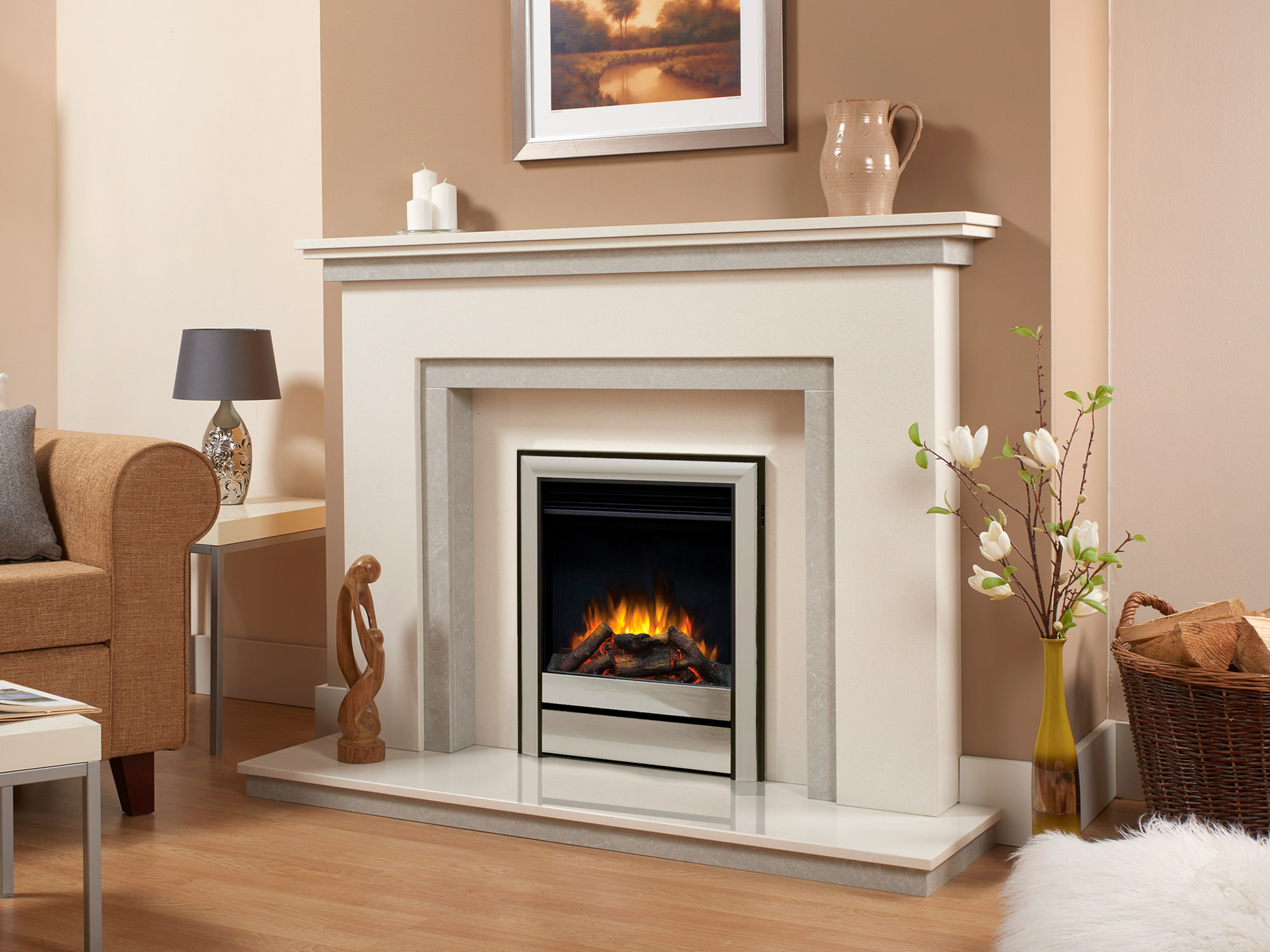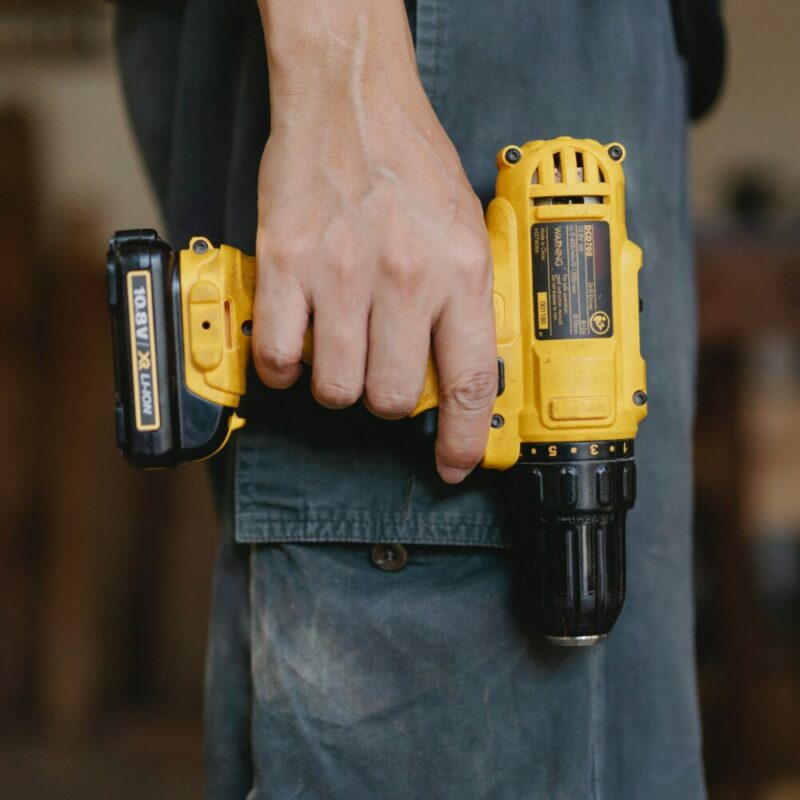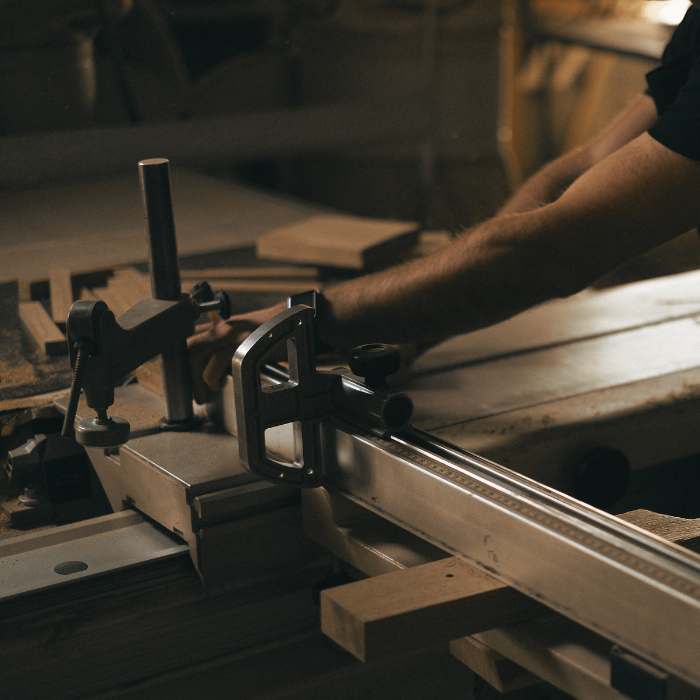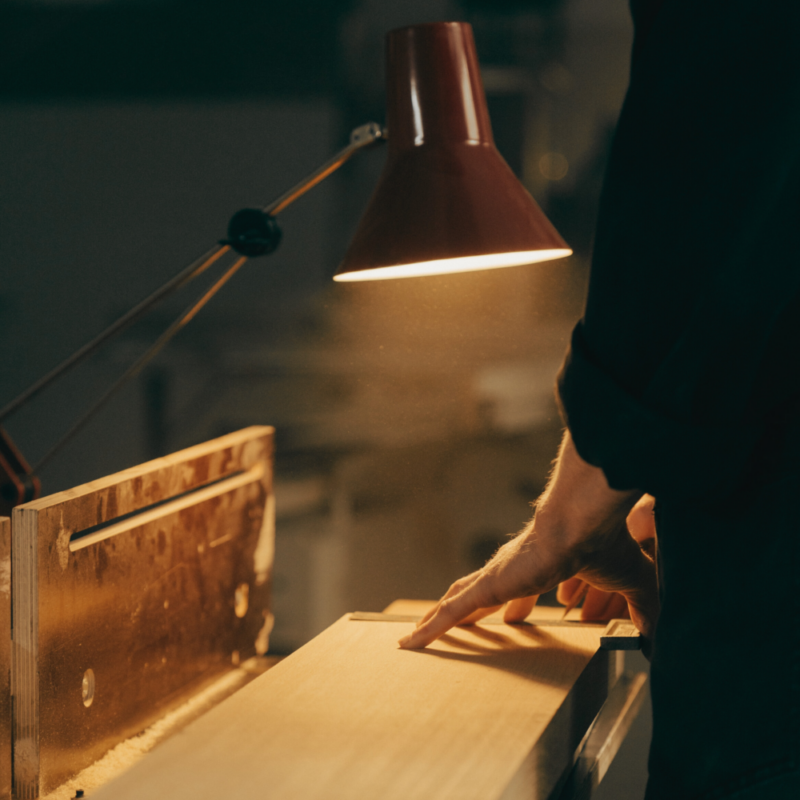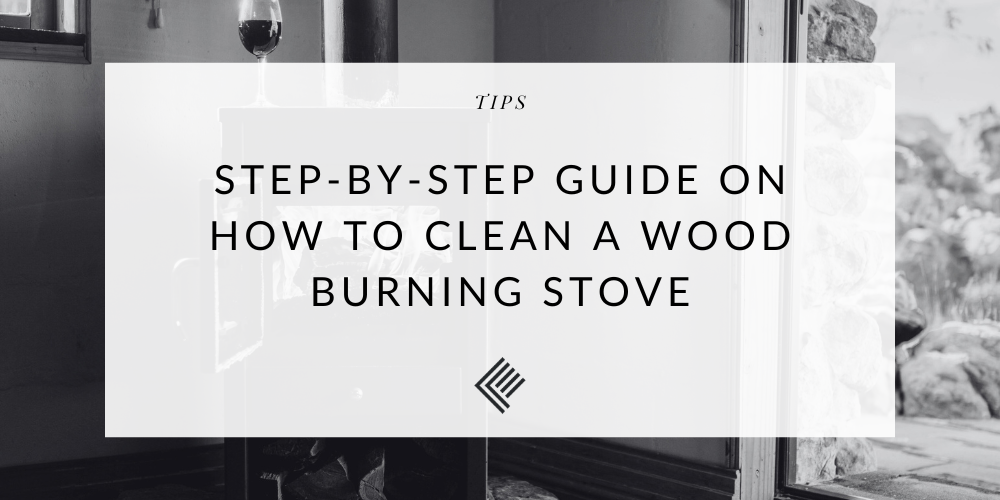
Table of Contents
A wood-burning stove is a beautiful, romantic, and practical addition to any home. If you’re a sucker for rustic and nostalgic aesthetics, then you probably chose a house that has amenities like a wood-burning stove with a complimenting oak fireplace beam to begin with. If you have had a stove fitted specifically for your home, you probably chose it not only for the aesthetic appeal that it will bring to your space, but also for the practical aspect it offers: a crackling fire that warms up any space within minutes.
Having a real fire burning in your home makes the space feel lived in and welcoming, but it’s a real responsibility to look after your stove. If you want this important investment to last for years and years and keep functioning the way it’s supposed to, you’ll need to understand how to clean a wood burning stove properly. We’ve got a practical guide for you that will keep your wood-burning stove in tip-top condition and your home warm and cosy for as long as possible. Here’s how to clean your wood burning stove.
Do Wood Burning Stoves Need to Be Cleaned?
In a word, yes. Wood burning stoves need to be cleaned regularly to maintain their functionality and longevity. Cleaning a wood burning stove is pretty important for long term optimal performance, and to ensure a safe and efficient burning process. Regular cleaning removes ash, soot, and creosote build-up, preventing potential fire hazards and maintaining the stove’s efficiency.
Step-by-Step Guide on How to Clean a Wood Burning Stove
There are a few different components to a wood-burning stove:
- The metal exterior
- The metal interior
- The flue
- A glass door- some may have a metal door.
Each of these components needs to be maintained in different ways to ensure your stove keeps functioning as well as it can and looking as good as possible. Here’s a wood stove care guide for each component.
Tools
There are a few things you’ll need for to clean a wood burning stove. The list is not a long one, and it won’t cost you an arm and a leg. Here are the basics:
- A metal oven scoop to remove all the ashes
- A metal bucket
- A soft, long bristled brush
- Soft cloth
- Stove paste
- Chimney brush
Exterior
It’s very important to wait for your stove to cool down completely before attempting to clean it. Quick cooling by applying water and cleaning products could cause damage to your stove, not to mention you may end up with burned fingers!
- First, thoroughly clean the exterior of your stove with warm water and detergent. Don’t use any extra rough brushes- stick to softer bristles or a cloth. Rinse the exterior thoroughly and allow it to dry completely.
- Once the exterior is completely dry, apply a very thin layer of stove paste (also referred to as hotplate protector) and rub it in with a soft, clean, dry cloth. Do this slowly rather than trying to apply to a large surface area all at once. A little product will go a long way.
Interior
Wait for the ashes to cool completely. You’ll need a metal scoop (if you had your stove installed, you’d likely have got one with it) or a spade to remove the ashes from the interior of your stove and dump them into a fireproof bucket or container. Even if your fire looks completely cool, you should hold onto these ashes in a safe place for 24 hours to prevent the start of a fire should any hot ash or coals still be lurking within.
A huge part of learning how to clean a wood burning stove is knowing what to clean and what not to clean. Although leaving a little amount of ash behind may seem counterintuitive, fires start better with a little ash underneath them, so we advise you to do just that in the middle of the interior floor. If you are curious about the environmental impact and sustainability of using wood as a fuel source, read our blog on Ultimate Sustainability? Using Wood as a Fuel Source in 2024.
Door
If your door is metal, like the rest of your stove, apply both of the above steps to it. First brush any ash off the inside of the door, wash with water and detergent, and then apply polish and heat. If you have a glass door- lucky you! You get to watch your fire dance all night and ward off the cold at the same time. Smoke and soot will eventually begin to blacken the glass, but if you clean it regularly, it’s not hard to maintain.
You won’t need any harsh chemicals here- the fire provides the charcoal you need to get that glass squeaky clean. Wait until you’re sure the stove is completely cold, and take a piece of charcoal from the ashes. Dampen it with clean water and rub it over the blackened glass in the door, and the black residue simply melts away.
All you need to finish it off is a paper towel! Simply wipe the outside down with water and detergent and rinse with clean water. Even the paper towel you used won’t go to waste as you can use it as kindling for the next fire you light. This simple method is an essential part of how to clean a wood burning stove effectively.
Flue
The flue or chimney of your wood-burning stove is an essential component. If this becomes blocked or damaged or creosote builds up too much, your home may become smoky, and your stove may become unsafe to use. You may use creosote-destroying products in your fire occasionally, as these products literally go up in smoke and break down creosote on their way through the chimney.
It will likely still be necessary to actively remove the creosote build up. To check, wait till the fire has gone completely cold, then tap the flue. If you hear debris rattling down the chimney, you urgently need to clean it before lighting another fire, as this substance is incredibly flammable and may come tumbling down the chimney at any time.
Cleaning your chimney can be a little scary if you’re afraid of heights. Simply remove the top of the chimney and give it a good, thorough inside brushing. Clean out the interior of the stove as directed above. Place newspaper in front of your open stove door to catch creosote debris as it falls out. If your stove has fire bricks, carefully loosen and remove them. Depending on the design of your stove, you may need to push on the top plate to loosen the fire bricks before you remove them. Remove all the debris from this plate and then re-fit the plate and bricks.
Dispose of the creosote debris carefully. It is very acidic, toxic, and flammable, so it should be wrapped in newspaper, sealed in a plastic bag, and thrown out with the rubbish. Understanding how to clean a wood burning stove includes knowing how to safely dispose of creosote.
If You Spot Rust
Rust is the enemy of almost all metals. If you see any rusty spots on your stove, you should treat them immediately. Wait for your stove to cool completely, then put some sheets of newspaper under the rusted area and scrub it with wire wool. Be gentle and use small, circular motions until the rust is all buffed away. Wipe away rust particles with a damp cloth, and then let the area dry. To restore your stove’s appearance, you’ll need a little stove paint. You cannot use any regular matte black paint- it will just bubble and peel. Apply two coats of heat-resistant stove paint, allowing the paint to dry properly in between.
What To Remember
DIY stove cleaning is manageable if you do it fairly regularly, and it’ll get easier with practice. Like any other kind of cleaning and maintenance, you need to keep up with a cleaning schedule to ensure you’re looking after your investment in a wood-burning stove. This is also to keep your home safe and clean and a fire burning safely, with no toxic chemicals that could damage your health. For more tips on maintaining a consistent and healthy fire, check out our Ultimate Guide: How to Keep a Fire Going in Your Fireplace.
If you clean your stove regularly, you’ll have many happy years with it. If you’re lucky enough to get to sit by a wood stove all winter long, doing the work to keep it clean and safe is a small price to pay for hours reading books or sipping wine by firelight. Knowing how to clean a wood burning stove is key to enjoying its benefits for many years. For more tips on maintaining your fireplace and enjoying a cosy home, check out our other guides.

